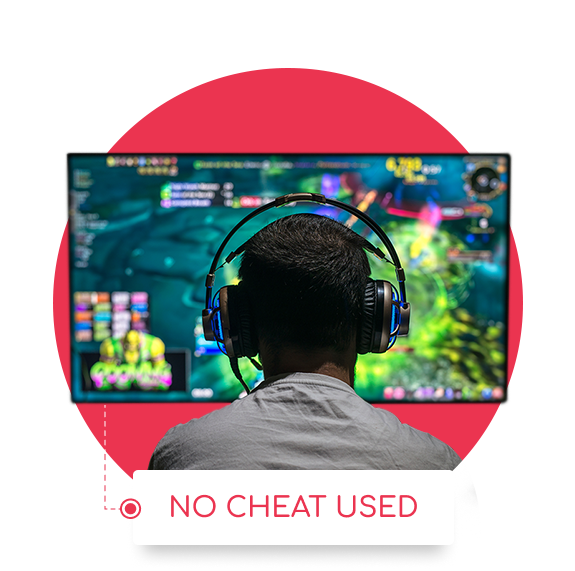
As video games become increasingly expansive each year, the allure of user-created cheats grows stronger. These cheats often showcase players’ creativity and abilities to push the boundaries of the game’s mechanics. However, they also pose a threat to fair competition. The solution? Read our case study to learn how we’re changing the game for the better.

Challenge
The idea for the project of an application that tracks and detects cheats was created in cooperation with our client, who is an experienced organizer of gaming tournaments. As soon as we heard the idea, it resonated strongly with the xBerry team – after all, who doesn’t love playing games, let alone while working? We were excited to take on the challenge of developing an innovative application as an internal solution for our client’s platform dedicated to tournament games.
Developing an application that could accurately detect cheats required a lot of research, ingenuity, and even cunning from our developers. We needed to come up with creative solutions to identify various cheating methods, while also ensuring that our application would not produce any false positives.
We understood the complexity of the task at hand, along with the existing solutions available in the market that aim to detect cheats by attempting to physically identify their interventions within the game. Consequently, we opted for a different, more data-oriented approach. Instead of solely focusing on catching cheaters in the act of stealing candies, we analyzed their gameplay, movements, and decision-making to assess if their bellies were full.
Goals
Our goal was to create a system that could detect cheating players during the game and generate reports detailing the type of cheat they used as well as when and why we suspect that.
To make this possible, the xBerry team first had to find a way to gather the necessary data. Given the boundless creativity of players and their penchant for exploring new avenues to gain an edge over opponents, this task proved to be highly challenging. Recognizing that combating cheating is an ongoing arms race, we chose to shift our focus from the technical aspects of cheating and instead delve deeper into the social and behavioral dimensions surrounding it.
Solution
-
We chose Python for quick prototyping and data processing and analysis.
-
We used Windows API programming for gathering system data - it is a must in the gaming world.
-
We gathered data in a C++ application and then sent it to a data aggregator prototyped in Python.
-
We played a lot of Counter Strike.
-
We also spent a lot of time on cheating forums.

Results
Our system provides a comprehensive solution for detecting cheats during gameplay.
We designed statistical and behavioral models that process data gathered throughout the tournament to flag any potential variations from natural player behavior for further, more detailed analysis. Our application generates detailed reports that include, for example, information on cheating users, the tricks they used, and when they cheated.
By providing this information to tournament organizers, our system helps ensure a fair and level playing field for all participants. With our system, gaming tournaments and competitions can maintain a high level of quality and integrity while accurately evaluating the skills of all players.






